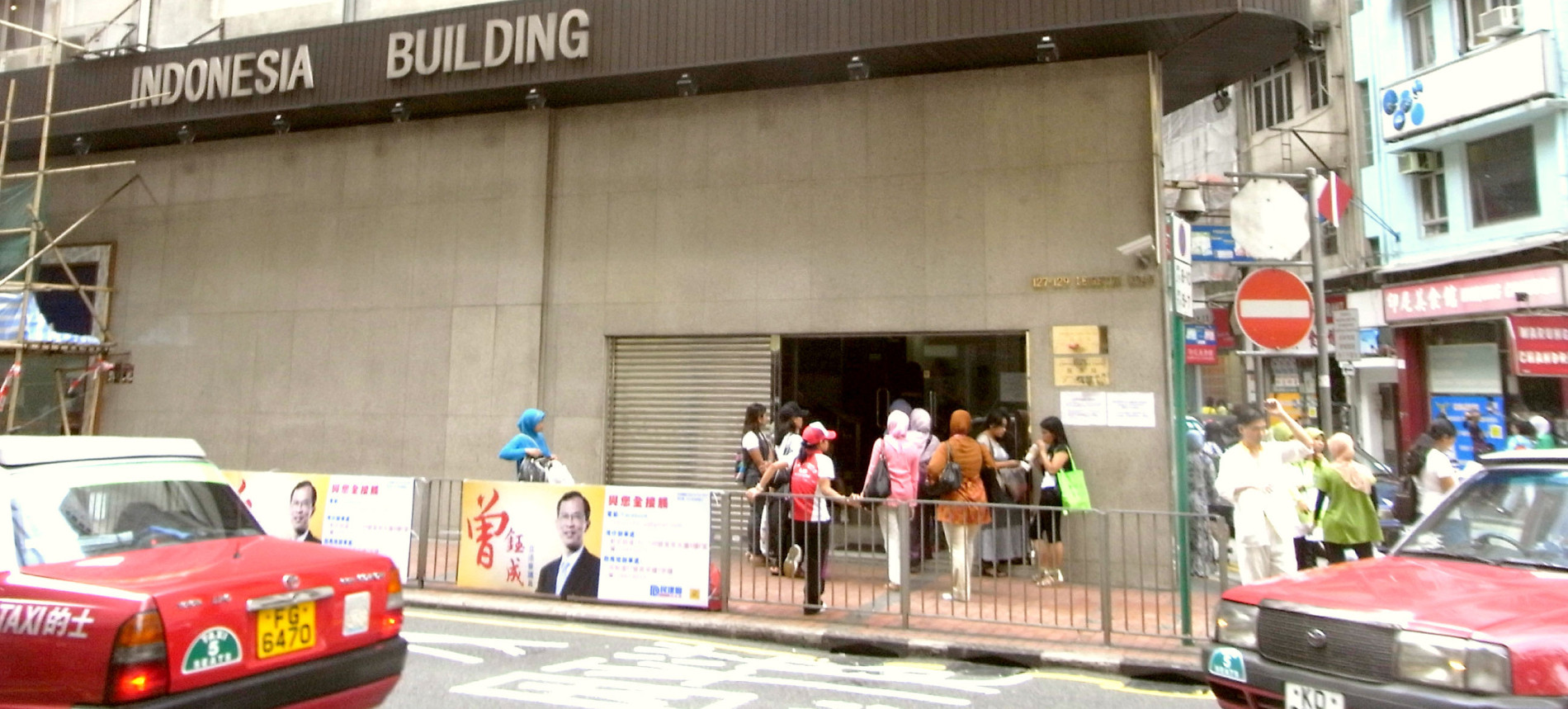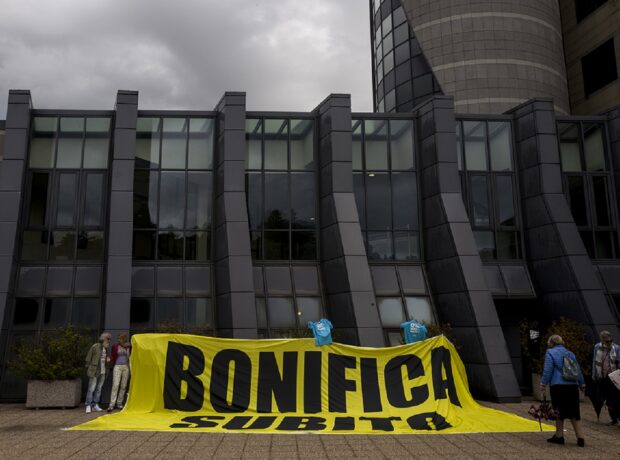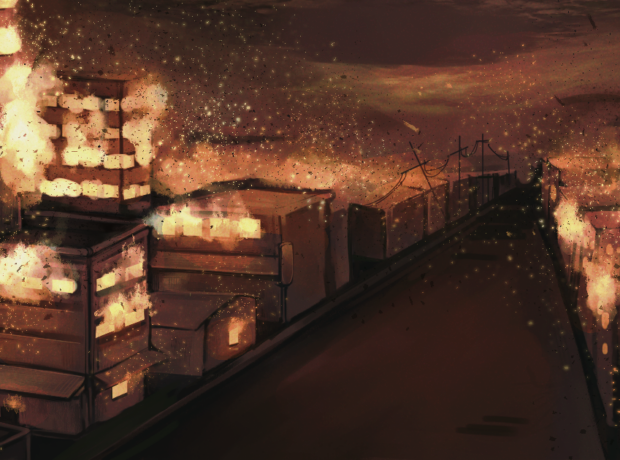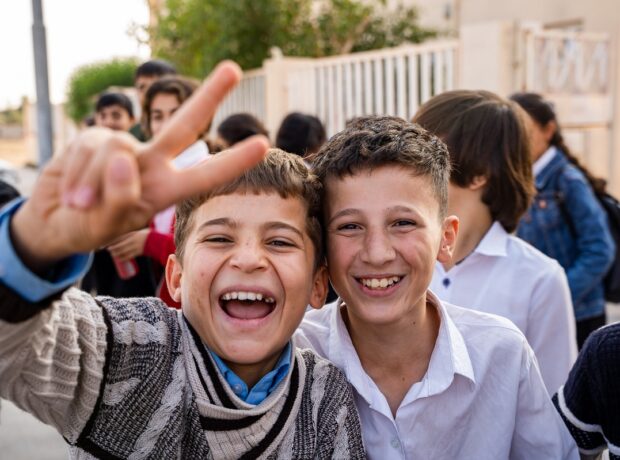After visiting Transit In Doubt, a photography exhibition put together by Indonesian domestic workers in Hong Kong, Warwick student Lauren Beadsworth considers the simplistic media representation of migrants, often a stark contrast to the complexities involved when a person moves from one country to another.
There are around 300,000 foreign domestic workers in Hong Kong, making up about 3% of the total population. These workers are often exploited and poorly paid; they earn just one third of the average Hong Kong salary despite working over 80 hours a week.
Lensational, a social enterprise that runs photography workshops for women from the poorest communities, met 10 of them, all women from Indonesia, and gave them cameras. I went along to view the results which were exhibited at a small, trendy gallery in east London.
The thinking behind the project is to empower these women by enabling them to show others what they see every day. This project is significant as it helps give a voice to domestic workers who are usually a hidden presence in Hong Kong, and draws attention to their perspectives and experiences. By attending photography workshops these women acquire new skills, as well as a potential source of income by selling their artwork, while becoming part of a new creative community. They find solidarity with other women who are in a similar position as them and the feeling of isolation as migrant workers is perhaps partly alleviated by being given cameras, coming together and sharing stories.
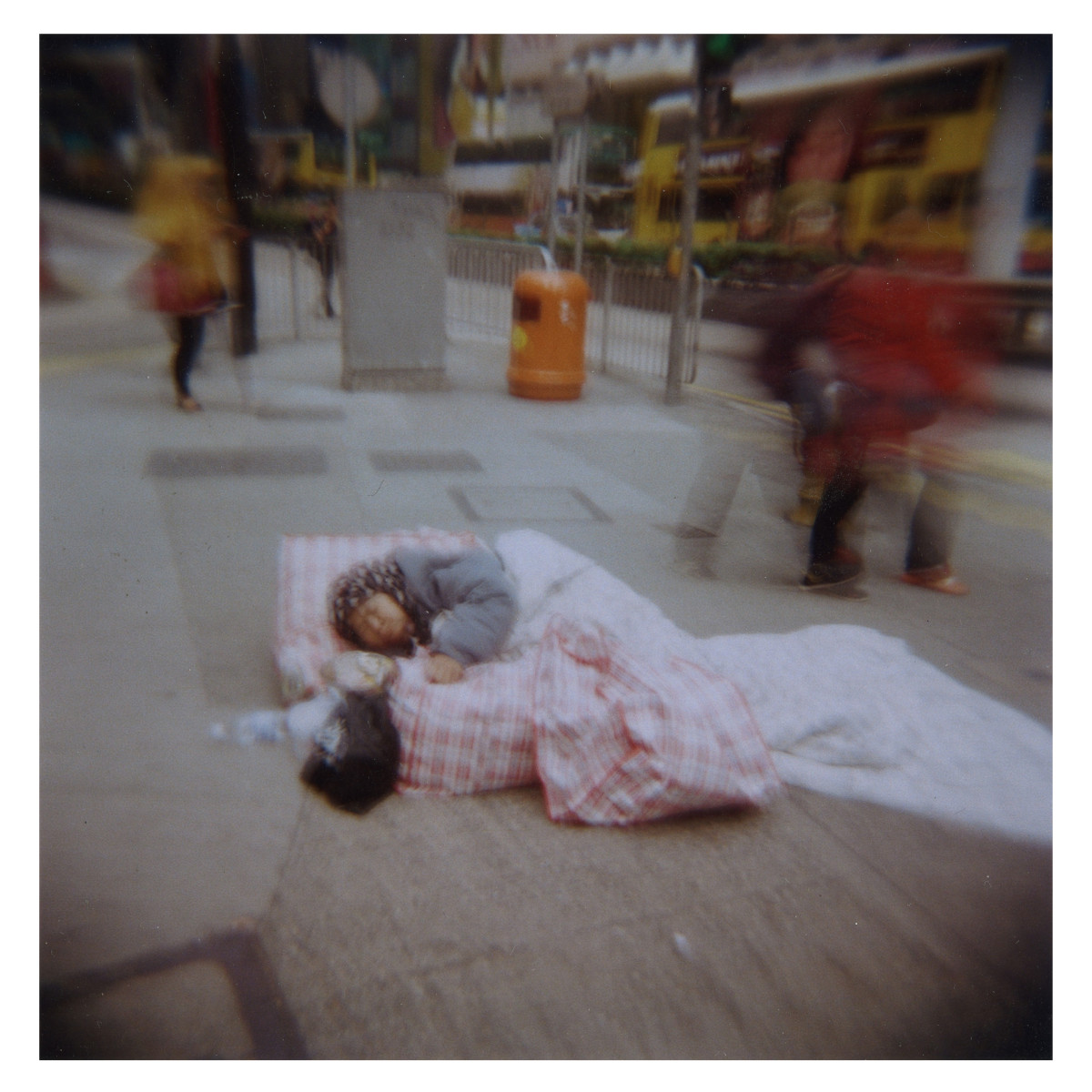
The exhibition launched with a timely panel discussion titled Reimagining Migration: Intersectionality and Empowerment in a Global Age in autumn 2015. Professor Cathy McIlwaine from Queen Mary, University of London, Professor Shani Orgad from the London School of Economics and Political Science, and Tara Mikhael of Migreat, a migration information service, led the discussion with talks on the connotations of the word ‘migrant’. The phrase ‘migrant crisis’, coined by the media, has brought attention to migrants and refugees in an increasingly negative manner and ‘migrant’ has almost become a derogatory term.
What I found so refreshing at this event is that no one was afraid to use the word migrant. It was used simply and factually to describe someone who is moving (or has moved) to another country, without any negative connotations. I understand that there is a difference between the word refugee and the word migrant, however there is a fine line between them, so why should one be viewed as worse in comparison to the other?
The women whose work is on display at the exhibition are migrants, but the reason that they have migrated to Hong Kong is acute financial hardship which leaves them unable to support their families. As they don’t have the same earning opportunities in their home countries, the decision to migrate and take up employment abroad offers the only chance to earn a little money to send back to dependant relatives.
What is noticeable from the diary entries displayed alongside the photographs is the eagerness of the women to return home. There is a sense of embarrassment that transpires from their stories, these women seem stranded in an alien land. One describes her confusion at the fact that there are 20 different cloths for cleaning, and that she doesn’t understand what all their different uses are. This just reiterates to her how out of place she feels working in a huge house and how desperate she is to get back home. Many write about missing their families, and a desire to get back to them as soon as they can. When they see photos that their families post on social media the sadness of missing out on life back home becomes even more painful.
What transpires might resonate with migrants all over the world
In Britain economic migrants tend to be portrayed negatively, often described as coming over here to ‘steal jobs’ and take advantage of the welfare system. However, I think these photos and diary entries show how these women are just trying to build better lives for themselves and their families. And although these images describe an experience of migration in Hong Kong, what transpires might resonate with migrants all over the world. They are simply pursuing the limited opportunities available to them, no matter how gruelling and depressing, to help support their loved ones and build a better future. They work hard for meagre salaries and can’t wait to go back home. And while media portrayals can make us lose sight of the fact that migrants and refugees are people, exhibitions like this one are an important reminder of our shared humanity. In the current political climate it’s becoming too easy to lose sight of why people have to leave their homes and choose an uncertain future in a new country.
This was reflected in the talks given. Professor Shani Orgad described the way the media feeds the public’s imagination. News outlets shape people’s opinions and judgements, including where migrants are concerned. So by using the language of crisis to describe the recent mass movement of people, the public understanding of what’s happening is influenced by certain narratives. The public are led to imagine a static state of emergency; yet what is missing from the picture portrayed is the complexity of the journey people take and the reasons behind migrations. The structural conditions of injustice migrants face are not recognised, the media portrayal appears to be one-sided and skewed towards the new challenges that host societies must address when migrants and refugees arrive.
Orgad argued that we need to understand migration through a longer time-frame and as a long-term commitment. And by removing the language of emergency, the simple movement of people across borders is hardly a new phenomenon. She also described the concept of a nightmare narrative, the idea that our safety and nationality are being ambushed. In contrast, sometimes we’re given what she terms a ‘dream narrative’ where migrants’ stories are celebrated and overly romanticised. Neither narrative is helpful, instead there needs to more ambiguity and nuance, which offer a more accurate reflection of life. So a story can be told without imposing fixed notions about what is good or bad, trusting audiences to make up their own minds about a situation.
Tara Mikhael then spoke about the barriers that migrants face once they arrive in a new country. They have limited access to information and often face language barriers, a disadvantage which is especially apparent for women. The developed world’s perspective of migrants is sometimes to look down at them, she says, which can be alienating. This sense of hierarchy often leads to distrust and discrimination within migrant groups, depending on visa status and other social factors. To combat this, Mikhael’s organisation Migreat provides a platform for migrant voices. She connects people with each other so that they can exchange advice on the process of migration and tips on how to settle in. And most importantly, argues Mikhael, once they have settled in a foreign country accessing educational opportunities is a useful way to start feeling at home.
Gender identities change before, during and after migration
Finally, Professor Cathy McIlwaine spoke about the vital role played by migrants in ensuring that large cities like London carry on functioning. Migrants are the invisible force that wake up early and work late to keep the city running. She raised interesting questions about whether migration empowers women in connection with gender geographies of power. Gender identities change before, during and after migration, and gendered practices may also change once a woman has migrated. For instance, she may not have been expected to have a job in her home country, but once in her new home this may change. And while all women face inequalities, the migratory experience may worsen the situation for some.
Take domestic violence. A man might react badly to working in what they see as a ‘feminine’ job (e.g. cleaning, a task carried out by women in traditional contexts, yet often the only job opportunity available to some migrants in the UK) and become violent towards his wife. His own gender identity may be disrupted through the migration process and his sense of bitterness about this may manifest itself through sexual harassment or violence. All of this demonstrates an interesting geographical element to gender identities and how these can be transformed throughout the migration process. Migrating isn’t as simple as is often thought and conceals a degree of complexity beyond the process of moving country. So a migrant’s journey does not end once they reach a new country.
Lensational as an idea is powerful. To give migrant women a skill that they can benefit from and create spaces that bring them together, helps them realise that they are not alone in their journey. The photography resulting from the project need not be exceptional: this is not the main aim. The point of these photographs is to bring out the stories that accompany the images, and the skills and support the women gain from becoming part of the project.
A migrant’s journey does not end once they reach a new country
The images and the panel discussion really made the audience think about what it is to be a migrant and how they are depicted in our society today. It raised important questions about the temporal limits of considering someone a migrant after they have settled in a new country, and how they should integrate. It also explored the complexities around being identified as a migrant or as someone who is an integral part of her context, but who just happens to be of a different race or ethnicity.
The conclusion I drew from the discussions and exhibition was that migration is of course a more complex and multifaceted phenomenon than is often believed. And it made me think about the responsibility of the media in informing people that migrants are not a threat wherever anti-migration sentiments are based on a fear of the unknown and worries about change. I left reflecting on the sense of self-righteousness in countries like Britain, whose policies often contribute to the destabilisation of countries where people are forced to migrate, and yet very little empathy is shown towards those who flee conflict and poverty. A more positive message about migration was however conveyed at the exhibition: by bringing to life the experiences of migrant women, we can appreciate that like millions of people around the world, including in our own society, these people are trying to make ends meet as best they can.
Banner photo by Wfords378
